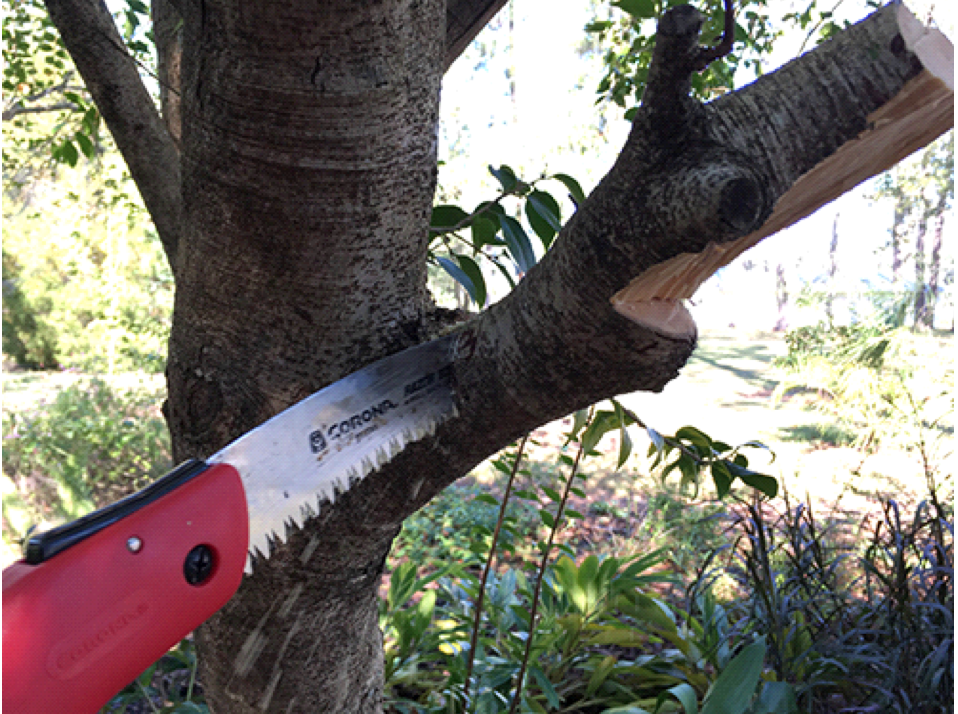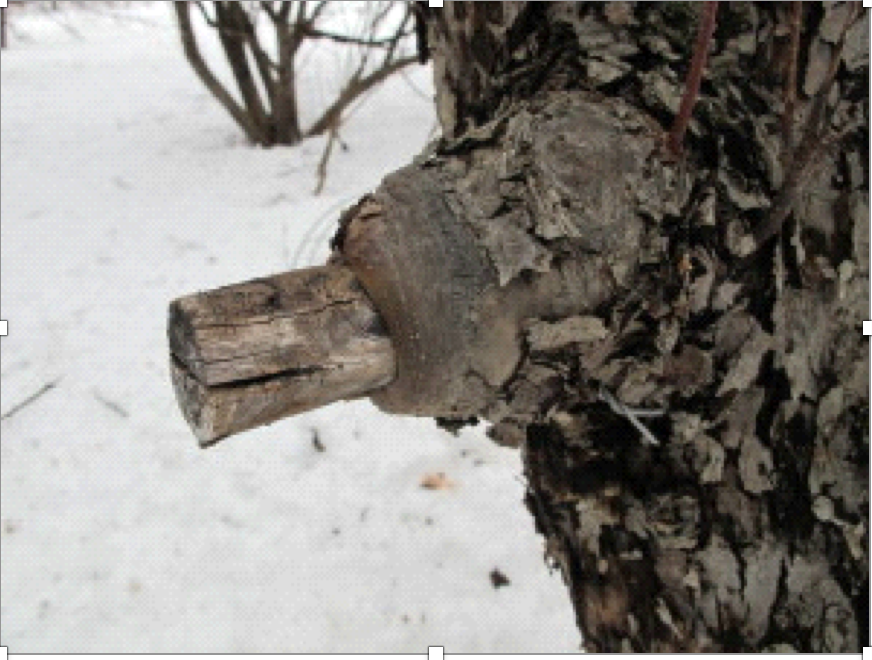
I didn’t realize just how much I loved my job until my neighbor’s pointed it out to me recently. After a long week of work, I still love coming home to work on my own trees, the trees in the neighborhood and teaching my friends about proper pruning techniques.
Pruning, like any other skill set, requires knowledge and proper execution to ensure success. Improper pruning often causes much more harm than if you simply let nature take its course. Here is one of the most helpful and important techniques I use when conducting some of the lighter pruning in the yard.
The Shigo 3-Step Method of Tree Pruning


Pioneered by Dr. Alex Shigo, the three-step pruning method helps avoid stem or bark damage through tearing or peeling and allows the tree to properly seal the wound, which protects the tree from insects and disease.
Cut 1: Made on the underside of the branch, typically 12” +/- out from the primary stem or trunk. In most cases, for smaller trees, the cut will be about ½” to 1½” deep without exceeding ⅓ of the diameter of the branch being removed. This will prevent the branch from tearing the tissue when the branch falls.
Cut 2: The second cut should be outside the first cut by 1” to 2”. You should cut all the way through the branch, which will remove the weight necessary to make the final proper finishing cut. The bottom cut stops the tissue from tearing, as mentioned above.
Cut 3: The final finishing cut should be made just outside the upper branch bark ridge and down just outside the branch collar. At this point, callus tissue will begin to form and will eventually seal off the wound. It is not necessary to apply any topical paint, tar, etc.
The picture below shows the dreaded “flush cut” and the “stub”, where the wound will not recover properly… And you will be judged! 🙂


With the flush cut example, the tree no longer has the ability to produce the callus tissue to seal off the wound. In the case of the stub, it is clearly producing callus tissue, however is unable to seal off the wound. In either situation, the tree is left vulnerable to pests and/or disease…and once again, you will be judged! 🙂
I hope you will find this as helpful as I have and remember: safety first. I especially agree with Mike Mather’s advice from a recent article: When in doubt, skip the chainsaw!


